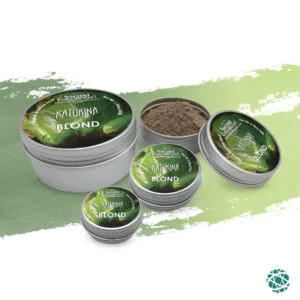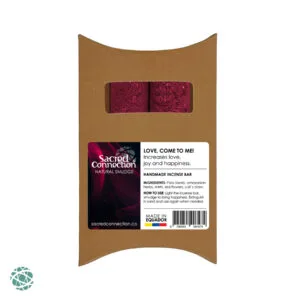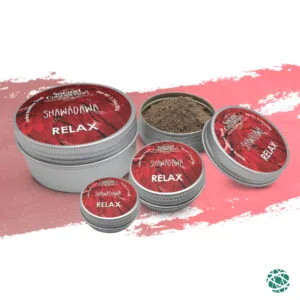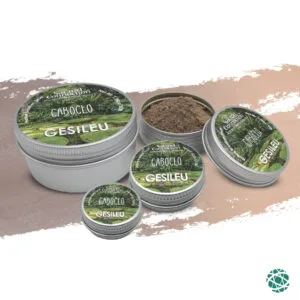Showing all 4 results
Katukina Rapé, Rapé, Sacred Snuff
Price range: $14.00 through $90.00Select options This product has multiple variants. The options may be chosen on the product page- Price range: $14.00 through $90.00Select options This product has multiple variants. The options may be chosen on the product page
Katukina Rapé, Rapé, Sacred Snuff
Price range: $14.00 through $90.00Select options This product has multiple variants. The options may be chosen on the product page- Price range: $14.00 through $90.00Select options This product has multiple variants. The options may be chosen on the product page
Showing all 4 results
Rapé katukina: What it is?
The Katukina live in Acre, Brazil. They are a tribe that although they live close to civilization have preserved their culture better than most other tribes in the region. For a big part they only speak their traditional language instead of Portuguese. This also reflects in their medicines.
Katukina Rapé, also known as “Katukina snuff,” is a traditional indigenous snuff they use in their rituals and ceremonies but also in more daily situations such as physical labor when planting their crops. The snuff is made from finely ground tobacco leaves mixed with ashes and various medicinal and aromatic plants. The shamans or healers of the tribe craft their finest snuffs and have the knowledge oif their plants.

The Katukina were one of the first tribes to bring medicines as Kambo and Rapé to the outside world. The use of Katukina Rapé is considered a sacred and spiritual practice with various healing and cleansing properties, and it is believed to provide spiritual guidance and connect the person with the spirit world.
Benefits of Katukina Rapé
The use of Katukina Rapé is associated with various physical and spiritual benefits, but it is important to note that these benefits are based on the beliefs and practices of the Katukina people. The combination of tobacco and medicinal plants in the snuff may provide relief from physical discomforts such as headaches and migraines. Spiritually, it is believed to have cleansing and purifying properties, aiding in meditation and spiritual practices, and protecting against negative energies and entities. However, it should be approached with cultural sensitivity and respect as it is a traditional practice of the Katukina people and should not be used inappropriately or without proper guidance.
Take a look at others sacred snuffs!
The diverse cultural heritage and traditions of indigenous communities in the Amazon Basin are reflected in the unique blend of plant materials, ashes, and other natural substances used in each Rapé mixture.
These mixtures are carefully selected and combined based on specific beliefs and traditions and studying them offers valuable insight into the practices and beliefs of the indigenous peoples who use them.








